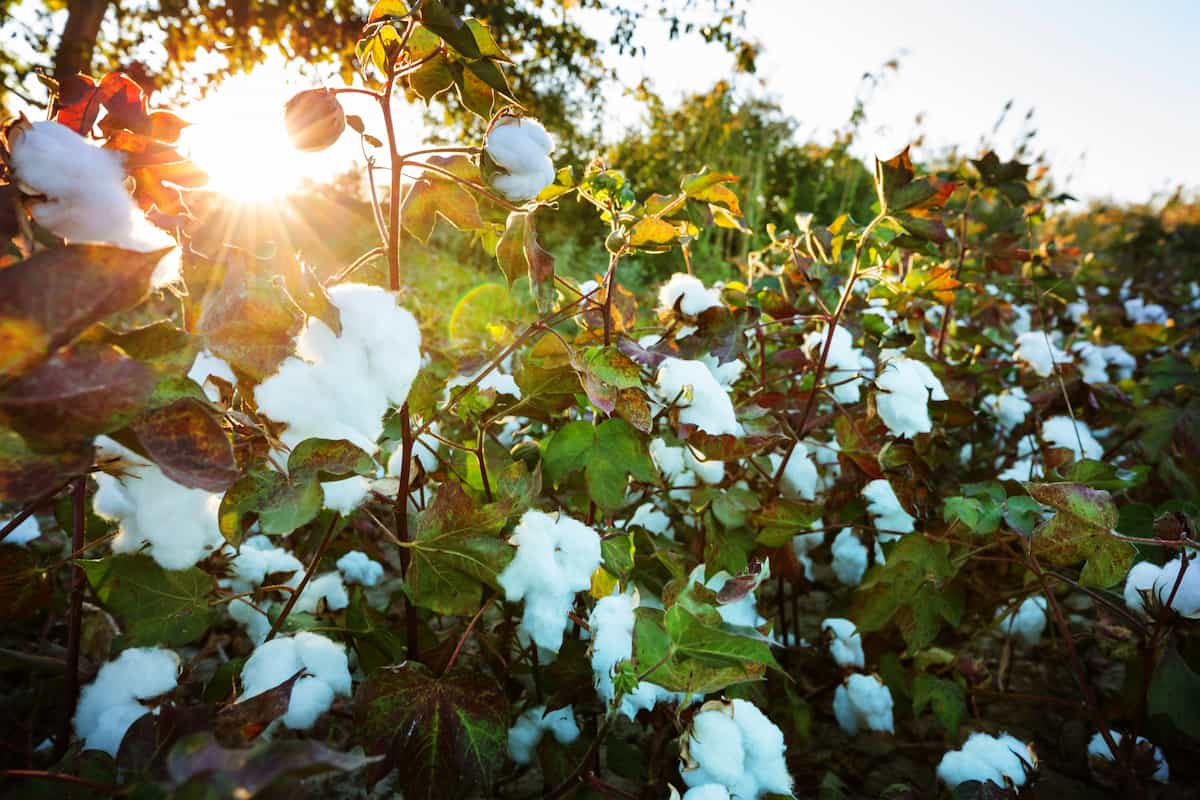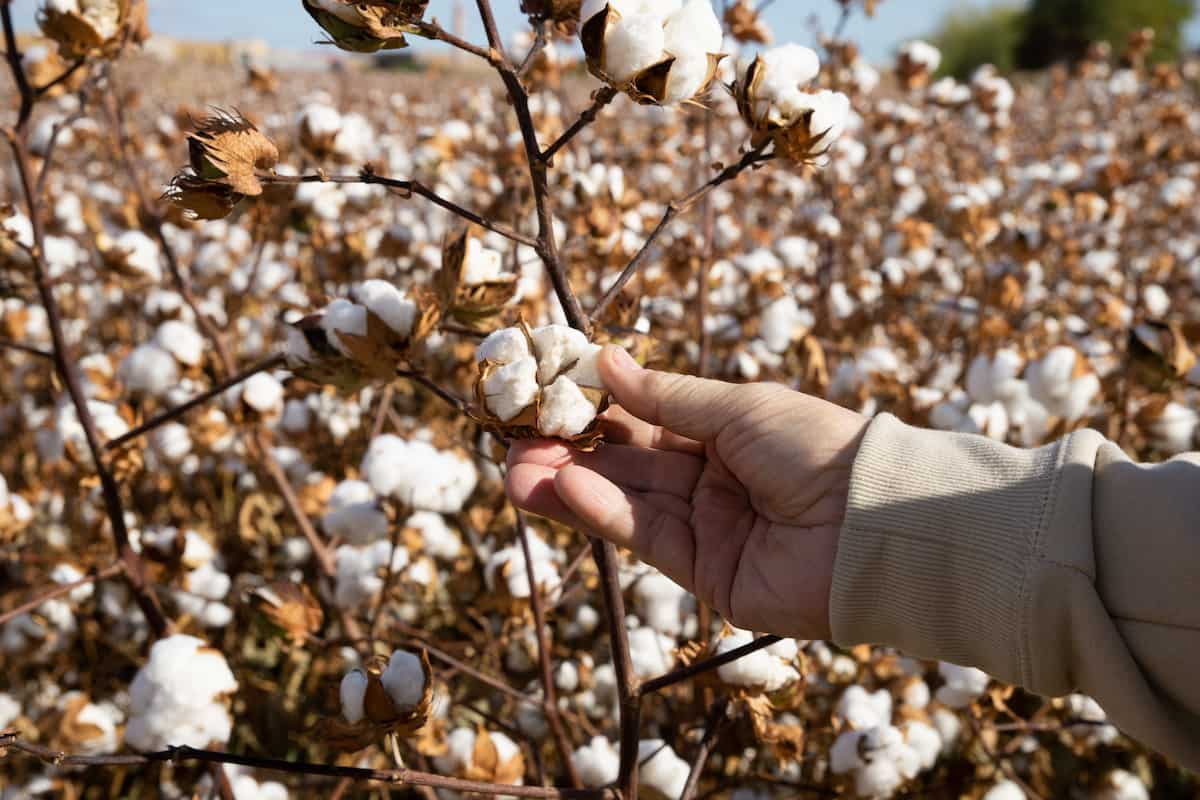Cotton is a critical crop in Texas, accounting for over 40% of the total cotton production in the United States. With its warm, dry climate and fertile soil, the state provides the ideal environment for cotton farming. This comprehensive guide will walk you through starting a cotton farm in Texas, from planting to harvesting. We will discuss the various growth stages of cotton, cultivation techniques, and the unique characteristics of the Texas climate that make it conducive to successful cotton farming.

How to Start Cotton Farming in Texas
Understanding the Texas Climate for Cotton Farming
Before diving into the specifics of cotton farming, it is essential to understand the unique climate of Texas and how it impacts cotton production. Texas has a diverse climate, ranging from arid and semi-arid in the west to humid and subtropical in the east. The primary cotton-growing regions are the High Plains, the Rolling Plains, and the Coastal Bend, each with distinct climatic characteristics.
Cotton thrives in warm temperatures, with an optimum range of 68-95°F (20-35°C). It needs a well-distributed yearly rainfall of 20-40 inches (50-100 cm) and 180-240 frost-free days. The High Plains and Rolling Plains typically have lower yearly precipitation, necessitating the use of irrigation to supplement water requirements for cotton growth.
Soil Selection and Preparation
The first step in cotton farming is choosing the right soil. Cotton grows best in well-drained, deep, sandy loam or silt loam soils with a pH of 5.5-7.5. Consult your local extension office for cotton-growing soil additives after testing the soil’s pH and nitrogen levels.
- Plowing: Deep plowing (8-12 inches) is necessary to break up compacted soil, improve drainage, and control weeds.
- Discing: After plowing, disc the soil to break up clods and create a fine, even seedbed.
- Bedding: In areas prone to heavy rainfall or with poorly drained soils, create raised beds (6-8 inches high) to improve drainage and prevent waterlogging.
Seed Selection and Planting
Choose high-quality, certified cottonseed varieties that are well-adapted to the Texas climate and resistant to pests and diseases. If you want to know which types will thrive in your area, you should contact the extension service in your county. Planting time is crucial to ensure optimal yield. In Texas, the planting window typically falls between late April and early June, depending on the region.
Aim to plant when soil temperatures consistently reach 65°F (18°C) at a depth of 2 inches, as cotton germination is sensitive to temperature fluctuations. Plant cotton seeds at a 0.5-1.5 inches depth, spaced 2-4 inches apart within rows and 36-48 inches between rows. For optimal plant density, aim for 35,000-50,000 plants per acre.
Irrigation and Water Management
Given the variable precipitation in Texas, efficient water management is critical for successful cotton farming. Drip irrigation or furrow irrigation systems are commonly used in the state. Monitor soil moisture regularly and irrigate when the soil moisture deficit reaches 50% of the available water-holding capacity. If you want to save water by reducing evaporation, you should water your plants morning or in the evening. Maintaining a balanced irrigation schedule can also prevent waterlogging and reduce the risk of diseases.
In case you missed it: Cotton Production Guide: A Step-By-Step Cultivation Practices

Fertilization and Nutrient Management
Apply the necessary nutrients to ensure optimal cotton growth based on your soil test results. Cotton requires adequate levels of nitrogen (N), phosphorus (P), and potassium (K), among other essential nutrients.
- Nitrogen: Apply 60-120 lbs of N per acre, depending on the yield potential and soil fertility. Split the applications, applying half at planting and the remainder at the first square (when the first flower bud appears). Be cautious with excessive nitrogen, leading to excessive vegetative growth and reduced yield.
- Phosphorus: Phosphorus is an element that is necessary for the formation of roots and the beginning stages of growth. Based on soil test results, apply 20-40 lbs of P2O5 per acre and incorporate it into the soil before planting.
- Potassium: Apply 40-100 lbs of K2O per acre, depending on soil test results. As with phosphorus, incorporate potassium into the soil before planting.
Monitor nutrient levels throughout the growing season and adjust fertilization as needed. Use soil and tissue tests to guide nutrient management decisions.
Pest and Disease Management
Cotton is susceptible to various pests and diseases, making proactive management crucial for a successful harvest. Common pests include bollworms, aphids, and thrips, while diseases such as Verticillium wilt, Fusarium wilt, and root-knot nematodes can also pose threats. Implement an integrated pest management (IPM) approach that combines cultural, biological, and chemical control methods.
Regularly scout your fields to monitor pest populations and disease symptoms. Use pest-resistant cotton varieties and practice crop rotation to minimize disease pressure. Apply targeted insecticides and fungicides according to label recommendations and local extension guidance when necessary.
Cotton Growth Stages
- Germination and emergence (0-10 days): Seeds absorb water, germinate, and emerge from the soil.
- Seedling establishment (10-20 days): The cotyledon (seed leaves) and first true leaves appear.
- Vegetative growth (20-60 days): The plant develops additional leaves, branches, and a taproot system.
- Reproductive growth (60-120 days): Flower buds (squares) form, followed by flowers (blooms) and, ultimately, cotton bolls.
- Boll development and maturation (120-160 days): Bolls grow, mature, and eventually open, revealing the cotton lint and seeds.
Harvesting and Ginning
Depending on the variety and growing conditions, cotton is typically ready for harvest 160-180 days after planting. Bolls should be fully open, with the lint dry and fluffy. Mechanical harvesters are commonly used to strip the cotton lint from the bolls, and the harvested cotton is then compressed into modules for transportation to the gin. The cotton lint is separated from the seeds and other debris at the gin through a series of cleaning and drying processes. The lint is then pressed into bales, and the seeds are either sold for oil extraction or used as animal feed.
In case you missed it: 1 Acre Cotton Project Cultivation Report in India: Production Cost and Profit

Conclusion
Cotton farming in Texas requires a deep understanding of the climate, soil, and management practices that contribute to a successful harvest. With diligence and attention to detail, your cotton farm can thrive in the unique Texas climate, contributing to the state’s vital agricultural industry.
- Ultimate Guide to Ossabaw Island Hog: Breeding, Raising, Diet, and Care
- Ultimate Guide to Juliana Pig: Raising Facts, Size, Diet, Care, and Lifespan
- Raising Lleyn Sheep: Disadvantages, Price, Uses, Characteristics, and Care
- Ultimate Guide to Meishan Pig: Breed Facts, Breeding, Raising, and Care
- Ultimate Guide to Teacup Pigs: Raising, Diet, Lifespan, Cost, and Care
- Guide to Raising Poll Dorset Sheep: Facts, Profile, Characteristics, Uses, and Care
- Ultimate Guide to Bighorn Sheep: Characteristics, Diet, Lifespan, Breeding, and Lifecycle
- Ultimate Guide to Raising Katahdin Sheep: Farming Facts, Breed Profile, Uses, and Care
- Ultimate Guide to Raising Oreo Cows: Belted Galloways Farming Facts, Profile, Uses, and Care